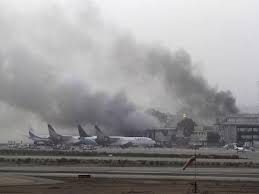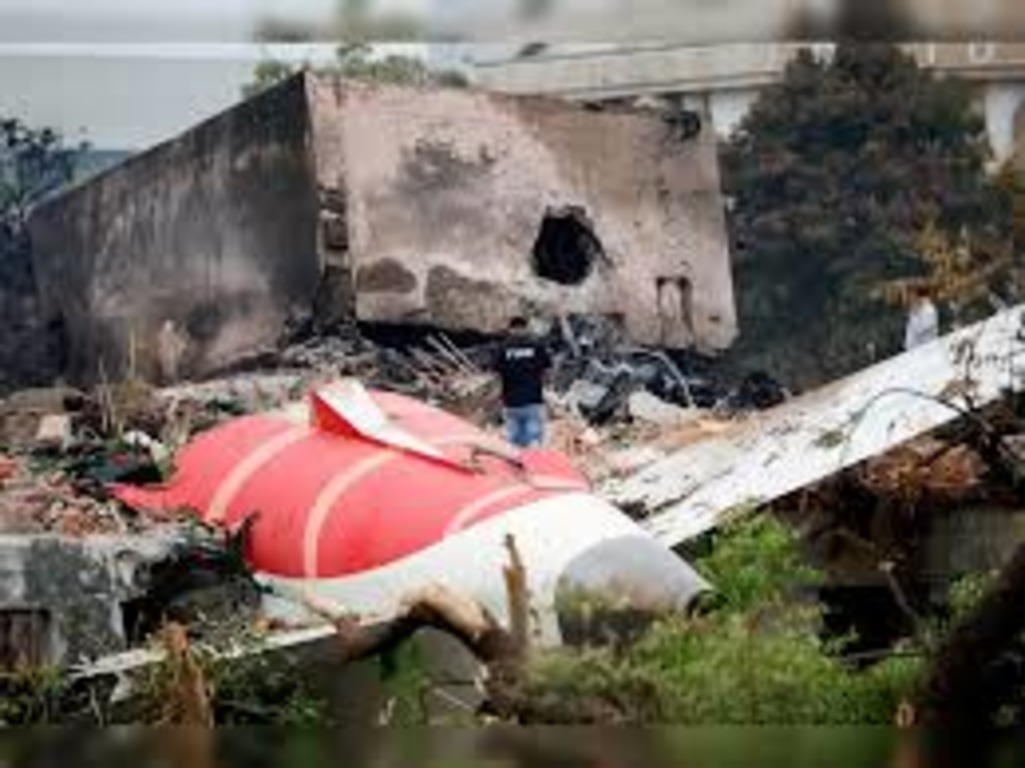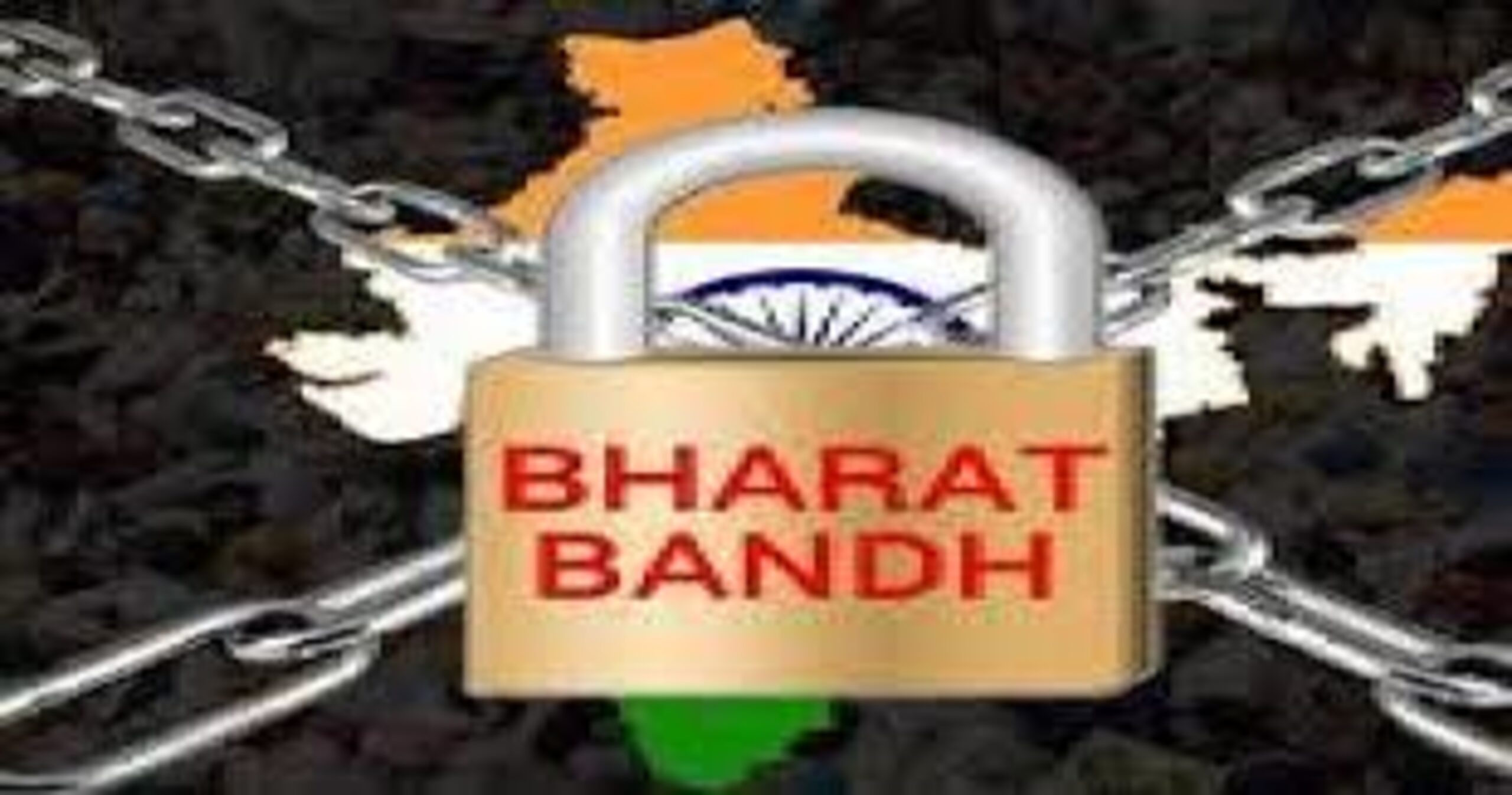Revealing The Plan: What Motivated India to Strike Pakistan’s Nur Khan, Murid, and Rafiqui Air Bases
During the ongoing conflict between two neighboring countries armed with nuclear weapons, India attacked and launched mails strikes on Pakistan Air Bases Nur Khan, Murid and Rafiqui. The strikes, said to be in retaliation of a terror attack in Kashmir as well as drone activities across the LoC, has put the area on its toes. But what motivated India to pick those specific bases? What are their strategic importance? This piece analyzes the rationale of India’s moves, the significance of the bases and the impact for the rest of the region.
This has been a chronologically upsetting tale intertwining intricately two nations during this timeline.
As the world kept moving forward, growing and evolving together, the tensions between Pakistan and India were on an all time high. Following the events of A Terrorist Attack in Kashmir on April 22, 2025, which left twenty-six individuals dead, one being a Nepali national, India was in hot waters with Pakistan’s drone incursions across various locations. This was also coupled with constant pushes and rebuffs with India claiming to stop the attacks while Pakistan claimed they were intercepted mid-way. To add fuel to the fire, India eventually ending up launch missile strikes on Pakistan’s air bases leading to a full-fledged on ground war between the two nations (BBC, Guardian, NPR). As of recent, Pakistan was also able to claim decisive wins stating they managed to intercept majority of the missiles fired their way and retaliated under a bold and dangerous title “Operation Bunyan Ul Marsoos”. This series of engagements seem to show an ongoing cycle of claim and retreat proving once again both nations are stuck in a never cascading waterfall of hostility.
These two nations not only proved they live under the same sky, they live under constant hostility of one another claiming both parties are the victim. Each explosive attack was more brutal than the last as every major city being struck down during retaliation such Jaisalmer and Chandigarh are practically symbols of pride for India and their people.
Nur Khan Air Base: The Heart of Pakistan’s Air Force
As the center of air force activities in Pakistan, Nur Khan Air Base acts as a critical cornerstone located in Chaklala, Rawalpindi, around 10 kilometers from Islamabad. (Times of India) Formerly known as RAF Station Chaklala and then PAF Base Chaklala, the base also encompassed the erstwhile Benazir Bhutto International Airport, which it still uses as terminal for dignitaries. The airbase houses PAF (Pakistan Air Force) College Chaklala, as well as Fazaia Inter College Nur Khan, both of which train military aviation cadets and thus contribute to the long-term strategy for air defense in Pakistan.
Certainly, striking abdomen of Khan could be designed to impact air force training and operational capabilities especially Nur Khan Air Base because it’s close to the capital. Militarily an attack so near Islamabad would underline capability, politically it would send deeply needed shock within the region at perception of gravitation control of India crossing into muscles of Pakistan. The politically steeped Rawalpindi for its residents trying embedded in history the proximity of the strike has posed threat blanketing community that the base Onion springs which is integrated into the community.
Murid Air Base: The Drone Hub
Murid Air Base, part of the Pakistan Air Force, serves as an operational flying base as well as a key asset for drone operations. (The Times of India) It is home to the PAF’s fleet of UCAVs and UAVs, which are crucial in Pakistan’s defense and surveillance systems. In modern warfare, drones serve as vital resources for reconnaissance as well as targeted strikes.
By focusing on Murid, India probably aimed to destroy the capability of surveillance and unmanned attacks from Pakistan drones, cutting off unmanned surveillance flights over Indian territory. This exemplifies the increasing importance string of drone warfare in the India-Pakistan clash, in light of Pakistan’s alleged drone intrusions over the Line of Control (LoC) (The Guardian).
Rafiqui Air Base: A Strategic Asset
Rafiqui Air Base, located close to Shorkot in the Jhang District of Punjab, 337 km south of Islamabad. It is named after Sarfaraz Ahmed Rafiqui, a PAF pilot who was killed in the 1965 war. (The Times of India) The base has a 10,000 ft runway equipped with a parallel taxiway. This allows Rafiqui Air Base to conduct emergency landings besides scale operations. Being located strategically in Punjab adds to its significance as a crucial asset for the airforce of Pakistan.
Might India have intended to disrupt Pakistan’s capability to sustain air command in a vital area when targeting Rafiqui? The base has military infrastructure of high value due to its historical significance which enables it to offer rapid response for military activities. India striking Rafiqui also shows intent to impair Pakistan’s airforce operational readiness in several fronts.
Strategic as well as sentimental factors
These military bases are not just military zones, but they are strongly engrained within the people and history of associated regions. For instance, Nur Khan is more than a base, it is a marker of nationalistic pride for having trained many PAF pilots who are now instructors. Attacks on such sites do not only concern the military but also influence the psychological state of the nation. Like the 26th June terror attack in Kashmir, which India had to cope with suffering resentment as a fuelled anger marked territory publicly demanding decisive action was needed.
Analysts indicate that the targets India chose were primarily operational, intended to showcase strike capability and precision while not inflicting civilian harm. “Operation Sindoor” was carried out by India and labeled by the Atlantic Council as “focused, measured, and non-escalatory,” in reference to the attack’s intent on terrorist infrastructure versus Pakistani military assets (Atlantic Council). That being said, Pakistan claims no such military objectives were struck, pointing out the civilian areas that were impacted which adds to the myriad of narratives adding fluff to the situation (The Guardian).
The Global Impact
After the missile strikes, fresh fears erupted globally about the Indo-Pakistani tensions. Both nations are nuclear-armed countries, which raises the stakes of any sort of conflict. The G7 and the USA in particular have come out asking both nations to hash out their differences and dial-down tensions (Reuters). As for Pakistan’s response to the strikes, dubbed “Operation Bunyan Ul Marsoos”, concerns of a wider conflict have grown alongside fears of escalating militarization, which numerous military officials have pointed out (Reuters).
What these strikes have aimed at crippling bases, has now thrust entire communities into apprehension and insecurity. In parts of Rawalpindi, the explosions followed by deployment of security forces sealing off access to the Nur Khan site has heightened nerves among residents (The Guardian). For Indians, the aftermath of the Kashmir assault continues fueling public sentiment for strong measures, and raises further concerns for what the road to resolution entails.
Future Considerations
At this stage of the relationship between India and Pakistan, each country’s conciliation can be regarded in their own unique capacity. There is emphasis placed on the conflict at hand, however, the situation addresses broader issues, be it the fear of losing the Kashmir region or the apprehension shared by many in Rawalpindi. What adds to this is the human suffering created by these disputes.
What remains to be seen is whether these conflicts translate to a new low in the scale of diplomatic relations or provide a suitable opportunity to finally start reconciling these differences. Meanwhile, this vague optimism ensures that India’s posture and its effects are dissected deeply in order to understand the workings of sensitive regions that have suffered protracted hostilities.
Summary of Targeted Air Bases
Air Base
Location
Distance from Islamabad
Strategic Importance
Technical Infantry
Nur Khan Air Base
Chaklala, Rawalpindi
~10 km
Trains aviation cadets, includes former Benazir Bhutto International Airport, key operational hub
Murid Air Base
Near Chakwal District, Punjab
Not specified
Houses PAF’s UCAV and UAV fleet, critical for air defense and surveillance via drones
Rafiqui Air Base
Near Shorkot, Jhang District, Punjab
337 km south
Features 10,000-foot runway, supports emergency landings, named after 1965 war hero






